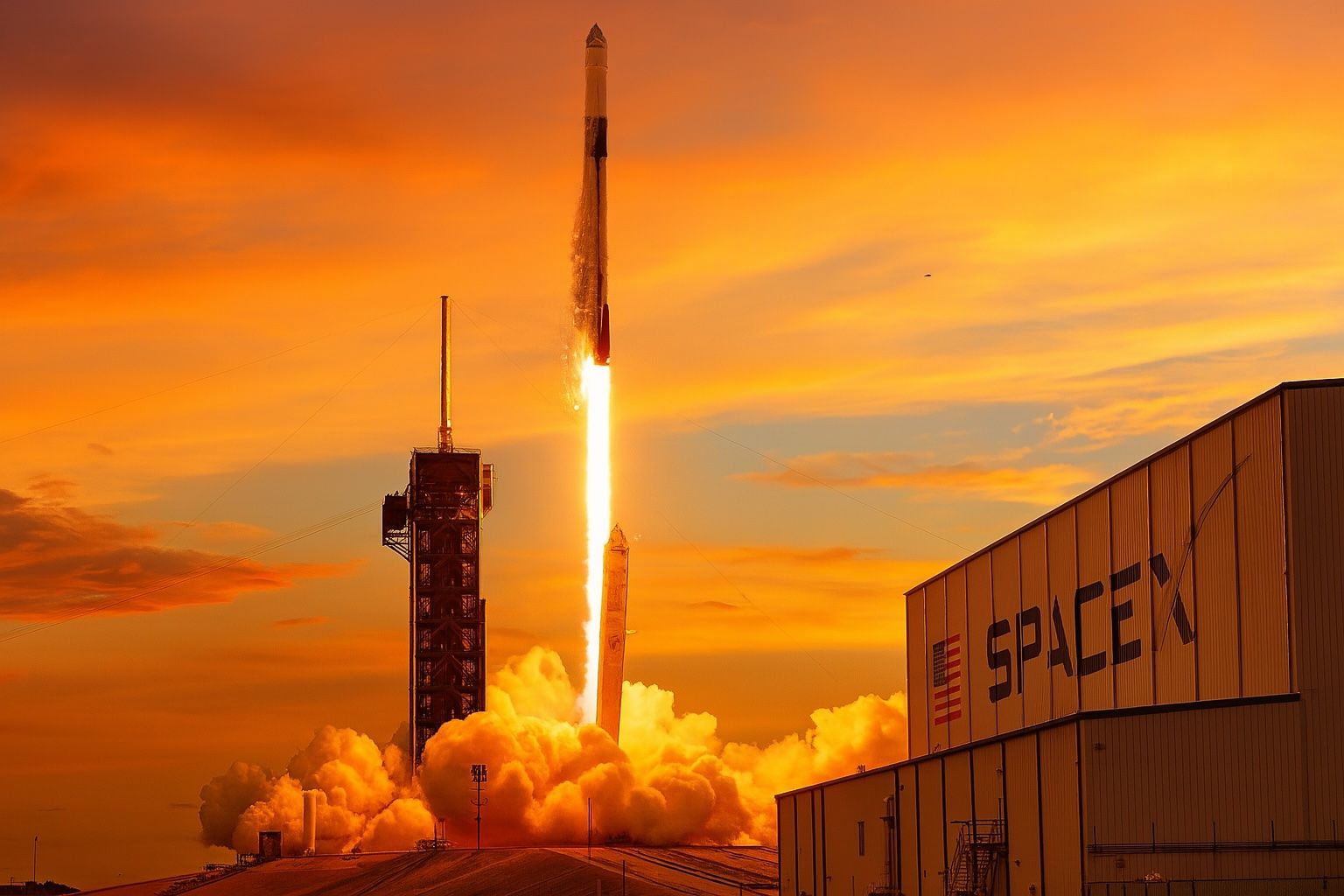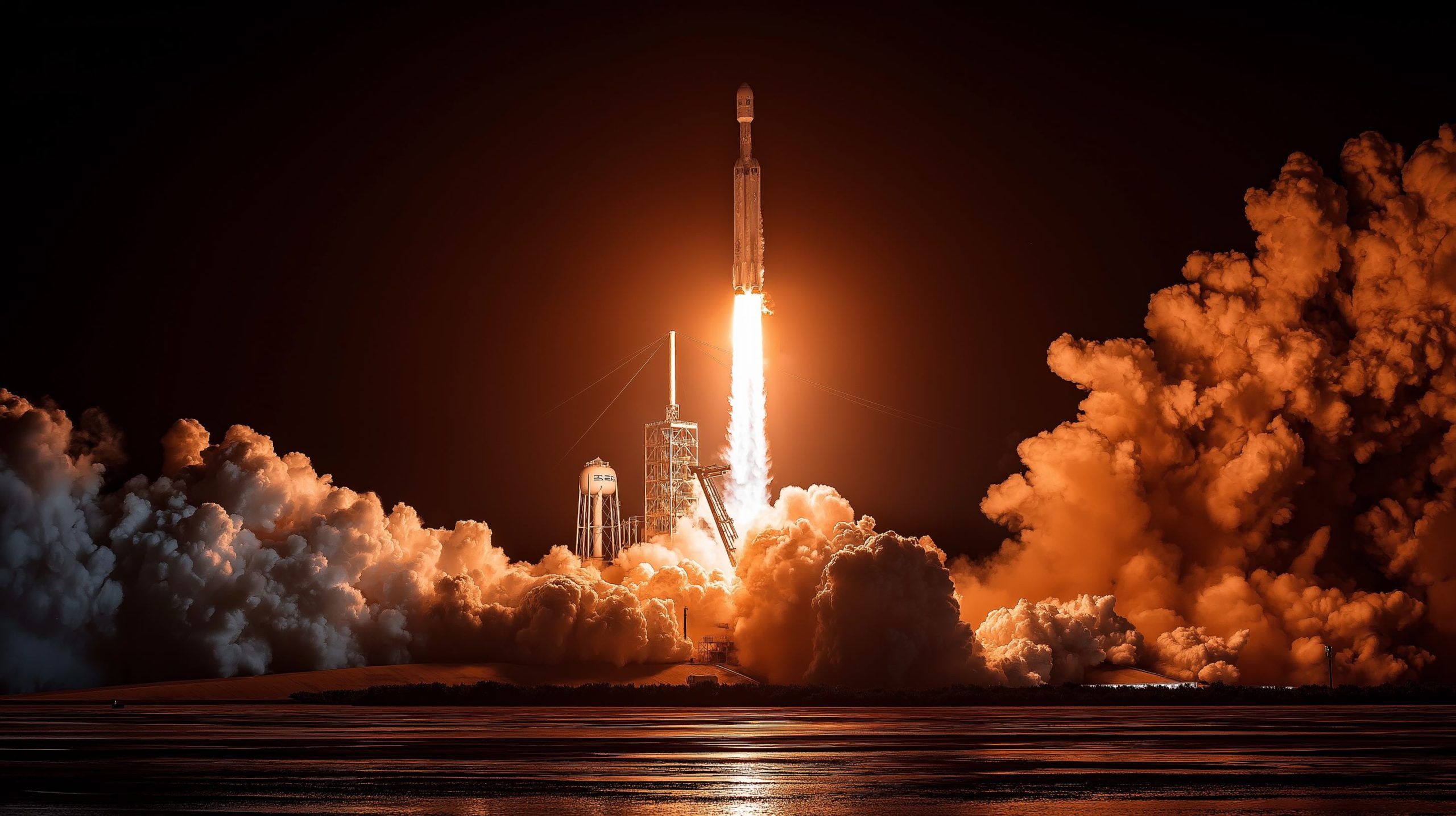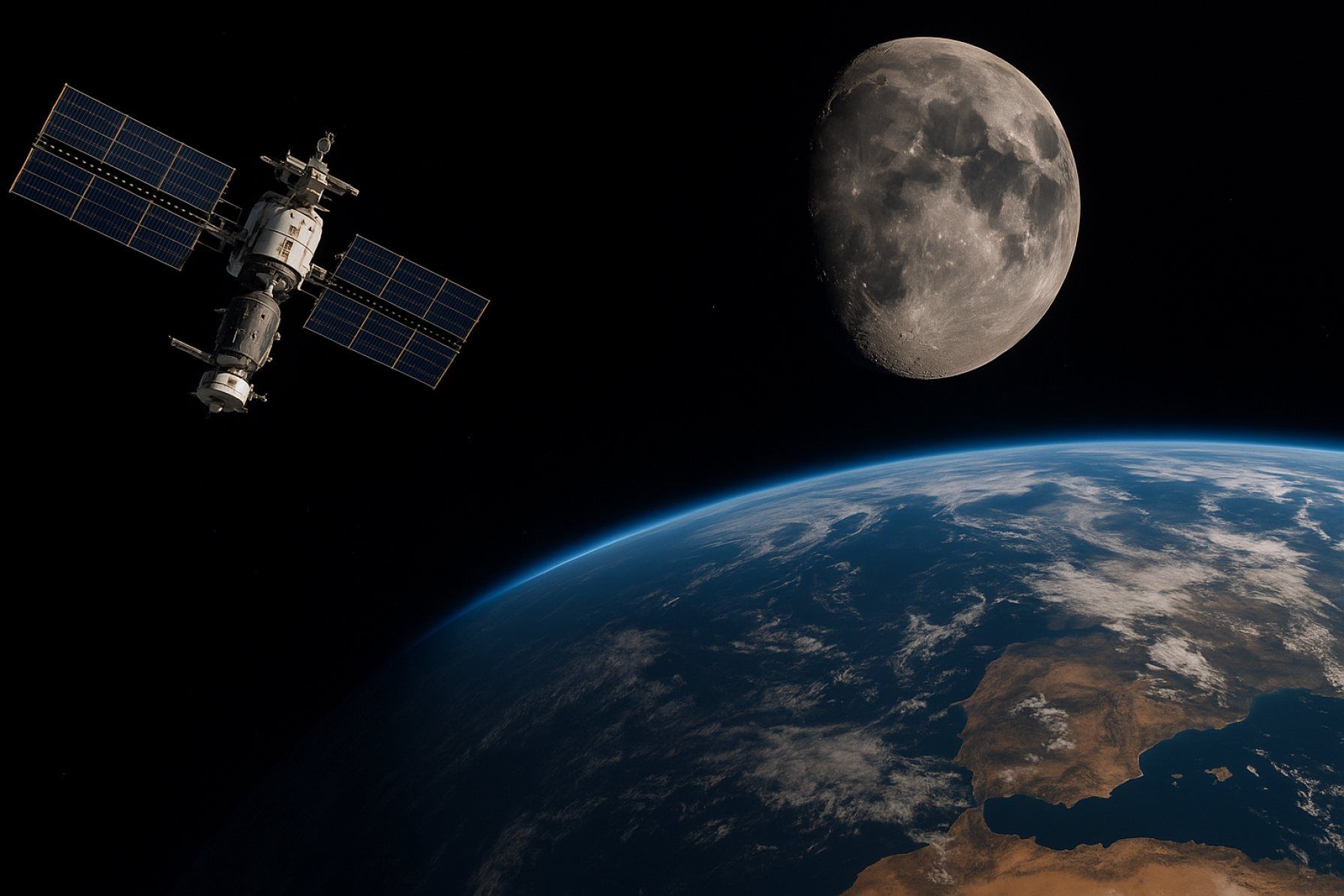
Why 5G Internet Providers Are Replacing Cable Faster Than You Think
Since mid-2022, 5G fixed wireless access (FWA) has effectively absorbed all U.S. broadband subscriber growth, shifting demand away from traditional wired providers. In 2024, Comcast Xfinity and Charter Spectrum together lost nearly 1 million broadband subscribers, while Verizon, T-Mobile, and










